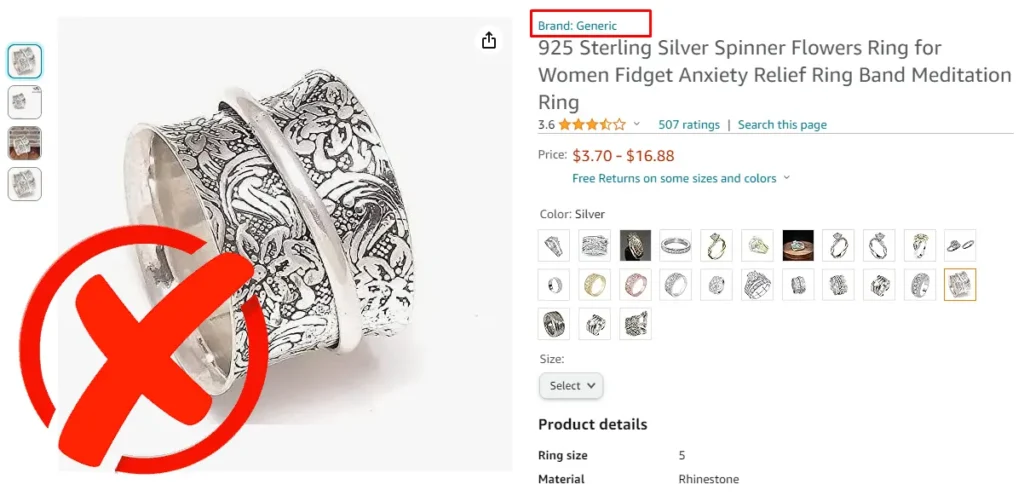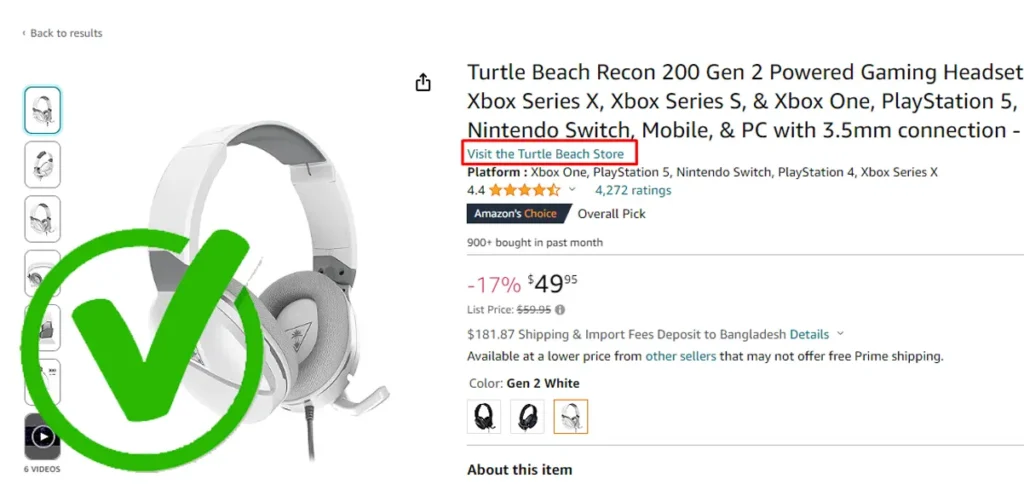Our services will help you grow your business
Account creation
- Market Analysis: Start by researching the Amazon marketplace to identify popular and profitable product categories. Look for niches with demand but less competition.
- Keyword Research: Utilize Amazon’s search bar and tools like Amazon Keyword Research tools to discover relevant keywords and phrases that customers use when searching for products in your chosen niche.
- Competitor Analysis: Analyze competing products to understand their pricing, reviews, and customer feedback. Identify gaps in the market that you can fill with your product.
- Profitability Analysis: Calculate potential profit margins by factoring in product costs, shipping fees, Amazon fees, and other expenses. Ensure your chosen product allows for a profitable business.
- Trends and Seasonality: Consider product trends and seasonality. Some products may have fluctuations in demand throughout the year, so assess the long-term viability of your chosen niche.
Brand approval
When initiating a private label business on Amazon, the initial step involves obtaining approval for your brand name. This approval can be referred to as “Amazon brand approval” or “category approval.” It permits you to sell products under a specific brand name, such as “RFL” in your example. To sell products under this brand name, you must secure approval from Amazon beforehand.
No Brand Name (Generic)

Listing With Your Brand Name

Product listing
- Add a Product: Click on “Add a Product” under the “Inventory” tab.
- Product Category: Select the appropriate product category or create a new one if necessary.
- Provide Product Details: Fill in essential product details, including title, brand, manufacturer, product identifier (e.g., UPC), condition (new, used, refurbished), and price.
- Upload Images and Description: Add high-quality product images and write a compelling description that highlights key features, benefits, and specifications.
- Configure Shipping and Publish: Set up shipping options, decide on fulfillment (Fulfilled by Amazon or Self-fulfilled), and review your listing for accuracy before publishing it on Amazon.
Brand registry
- Brand Protection: Amazon Brand Registry is a program designed to help brand owners protect their intellectual property rights and control their brand’s presence on the platform.
- Trademark Requirement: To enroll in Amazon Brand Registry, you generally need an active registered trademark for your brand. This trademark should match the brand name you want to register on Amazon.
- Enhanced Brand Content: Once enrolled, you gain access to features like Enhanced Brand Content (EBC) or A+ Content, which allows you to create more compelling product listings with enhanced images and text.
- Protection Against Counterfeits: The program provides tools to help you combat counterfeit products and unauthorized sellers by reporting violations and taking action to remove infringing listings.
- Brand Analytics: Amazon Brand Registry also offers Brand Analytics, giving you insights into customer behavior and market trends to help you make informed decisions about your brand and products.
Product Research
- Market Analysis: Start by researching the Amazon marketplace to identify popular and profitable product categories. Look for niches with demand but less competition.
- Keyword Research: Utilize Amazon’s search bar and tools like Amazon Keyword Research tools to discover relevant keywords and phrases that customers use when searching for products in your chosen niche.
- Competitor Analysis: Analyze competing products to understand their pricing, reviews, and customer feedback. Identify gaps in the market that you can fill with your product.
- Profitability Analysis: Calculate potential profit margins by factoring in product costs, shipping fees, Amazon fees, and other expenses. Ensure your chosen product allows for a profitable business.
- Trends and Seasonality: Consider product trends and seasonality. Some products may have fluctuations in demand throughout the year, so assess the long-term viability of your chosen niche.
Product validation
- Market Research: Begin by conducting thorough market research to identify potential products. Look for niches or categories with demand but relatively low competition.
- Competitor Analysis: Analyze competitors in your chosen niche. Examine their product offerings, customer reviews, pricing strategies, and overall market positioning.
- Profitability Assessment: Calculate potential profitability by considering factors like product cost, shipping fees, Amazon fees, and expected selling price. Ensure there’s enough margin for a profitable business.
- Product Sourcing: Validate your ability to source the product at a reasonable cost and with consistent quality. Establish reliable suppliers or manufacturers.
- Test the Market: Consider a small-scale launch or test phase to gauge customer interest. Use Amazon’s Fulfilled by Amazon (FBA) program for ease of fulfillment during the testing phase.
Supplier research
- Market Research: Begin by conducting thorough market research to identify potential products. Look for niches or categories with demand but relatively low competition.
- Competitor Analysis: Analyze competitors in your chosen niche. Examine their product offerings, customer reviews, pricing strategies, and overall market positioning.
- Profitability Assessment: Calculate potential profitability by considering factors like product cost, shipping fees, Amazon fees, and expected selling price. Ensure there’s enough margin for a profitable business.
- Product Sourcing: Validate your ability to source the product at a reasonable cost and with consistent quality. Establish reliable suppliers or manufacturers.
- Test the Market: Consider a small-scale launch or test phase to gauge customer interest. Use Amazon’s Fulfilled by Amazon (FBA) program for ease of fulfillment during the testing phase.
Consultation
- Expertise: Ensure the consultant has expertise in Amazon and e-commerce, with a track record of successful ventures and knowledge of Amazon’s policies and algorithms.
- Specific Needs: Clearly define your specific needs and goals for the consultation. Whether it’s product sourcing, marketing, or brand strategy, the consultant should address your unique requirements.
- Cost and ROI: Evaluate the cost of consultation and weigh it against the potential return on investment (ROI). A good consultant should provide value that justifies the expense.
- References and Reviews: Request references or reviews from previous clients to gauge the consultant’s effectiveness and reputation.
- Customized Strategy: Ensure the consultant develops a customized strategy tailored to your business rather than providing one-size-fits-all solutions.
- Selecting the right consultant can greatly benefit your Amazon business by providing expert guidance and helping you navigate the complexities of the platform effectively.

